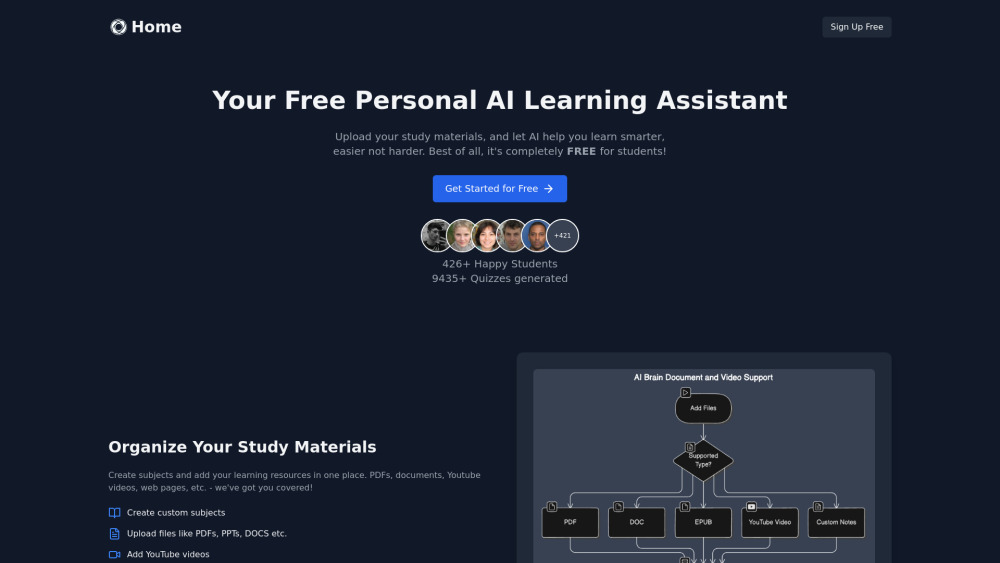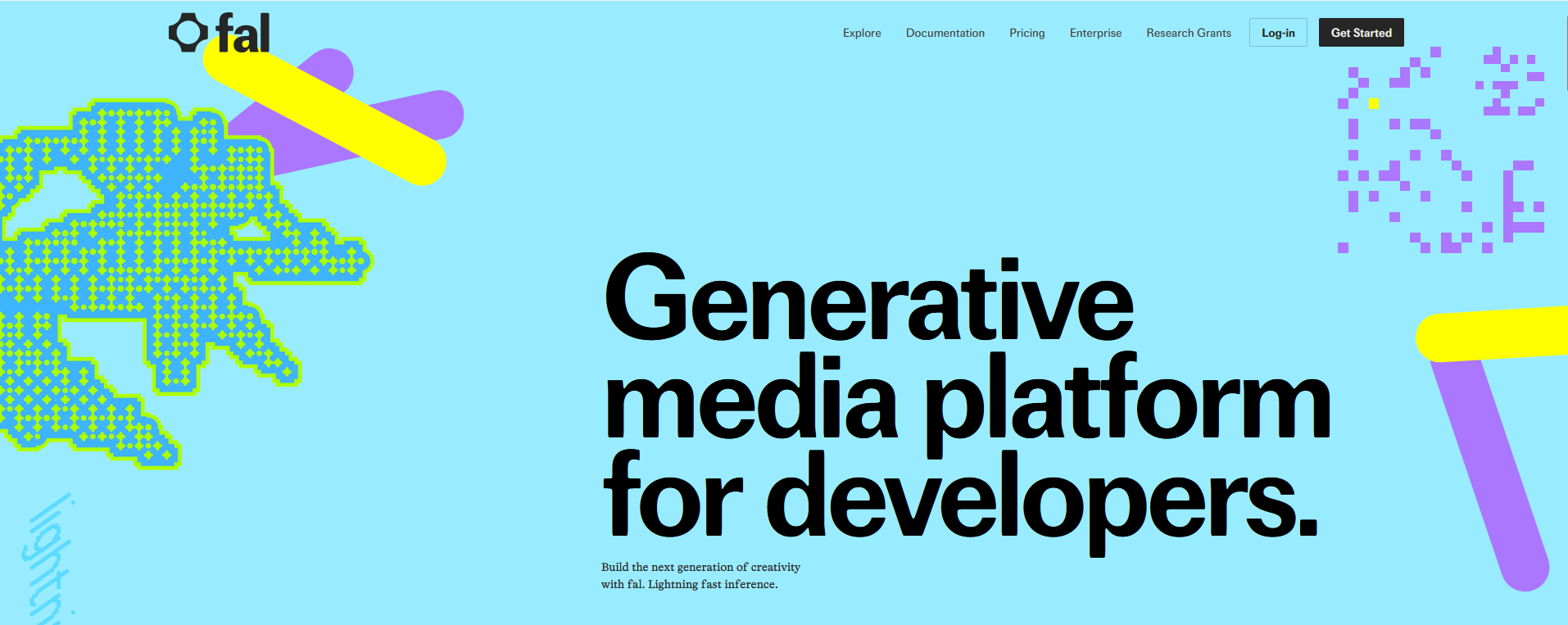Adobe has unveiled new video generation capabilities for its Firefly AI platform just in time for the Adobe MAX event on Monday. Starting today, users can explore Firefly’s video generator for the first time on Adobe's website, or experiment with the new AI-driven video feature, Generative Extend, within the Premiere Pro beta app.
On the Firefly website, users can access a text-to-video model or an image-to-video model, each generating up to five seconds of AI-produced video. Although the web beta is free, expect some limitations on usage rates.
Adobe claims that Firefly has been trained to create both animated content and photorealistic media based on the detailed specifications of user prompts. Notably, Firefly can produce videos that incorporate text—an area where many AI image generators struggle. The Firefly web app also features adjustable settings for camera pans, movement intensity, angles, and shot sizes.
In the Premiere Pro beta app, users can experience Firefly’s Generative Extend feature, which allows video clips to be extended by up to two seconds. This feature generates additional beats in a scene, seamlessly continuing both camera motion and the movements of subjects. Additionally, the background audio will be extended as part of Adobe’s AI audio model—though this extension does not include voices or music to prevent potential copyright issues with record labels.
In demonstrations shared prior to the launch, Firefly's Generative Extend feature delivered more compelling results than its text-to-video counterpart, proving to be more practical for users. While the text-to-video and image-to-video models have some room for improvement in terms of polish and excitement compared to competitors like Runway’s Gen-3 Alpha and OpenAI’s Sora, Adobe focused more on enhancing AI editing capabilities rather than just generating AI videos, aiming to satisfy its user community.
Adobe's AI initiatives need to carefully navigate the concerns of its creative audience, as the market is crowded with startups and tech companies showcasing impressive AI models. Many creatives fear that emerging AI capabilities could threaten their longstanding craftsmanship with traditional tools. Consequently, Adobe’s first Firefly video feature, Generative Extend, is designed to address a practical need for video editors—extending clips—rather than generating entirely new content.
“Our audience is the most meticulous community on Earth,” explained Alexandru Costin, Adobe’s VP of Generative AI, in an interview. “They seek AI tools that assist them in extending their existing assets, creating variations, or editing, rather than generating new assets from scratch. Therefore, for us, focusing on generative editing is crucial, followed by generative creation.”
Production-grade video models that simplify the editing process have proven successful for Firefly's image capabilities in Photoshop. Adobe executives have noted that the Generative Fill feature in Photoshop is among the most frequently used innovations of the past decade, primarily because it complements and accelerates existing workflows. The company aims to replicate this success within the realm of video.
Adobe is committed to supporting creatives, offering $3 for every minute of video submitted by photographers and artists to help train the Firefly AI model. However, many in the creative community remain hesitant about AI tools, worried they may become obsolete. Costin reassures these creatives that AI tools will create more opportunities for their work, rather than diminish them: “Consider the infinite demand for personalized content companies require to engage their audiences. This need is limitless.”
He draws parallels between the rise of AI tools and past technological shifts that originally appeared threatening to creatives, emphasizing the importance of adaptation. “Leverage generative capabilities to enhance your skills and become a creative professional who can produce vastly more content without compromising your lifestyle. Embrace the technology—this is the new digital literacy.”
Firefly will also automatically provide “AI-generated” watermarks embedded in the metadata of videos created with this technology. This initiative is similar to Meta's approach, which labels AI-generated media for identification on platforms like Instagram and Facebook. The objective is to allow platforms and users to utilize AI identification tools to discern what is authentic, provided the media includes the necessary metadata. However, Adobe’s outputs will not feature visible markers indicating their AI-generated status in a way that is easily readable by viewers.
Adobe specifically designed Firefly to produce “commercially safe” media, ensuring it did not train on images or videos depicting drugs, nudity, violence, political figures, or copyrighted materials. This approach aims to guarantee that Firefly’s video generator will not produce “unsafe” content. Now that the internet can freely access Firefly’s video model, it will be interesting to see if these standards hold true.





